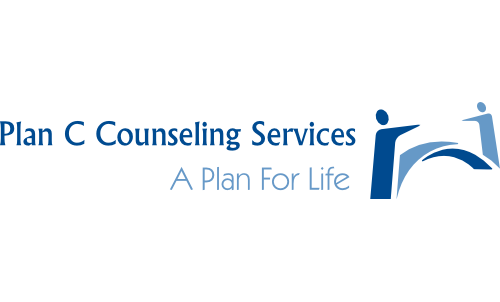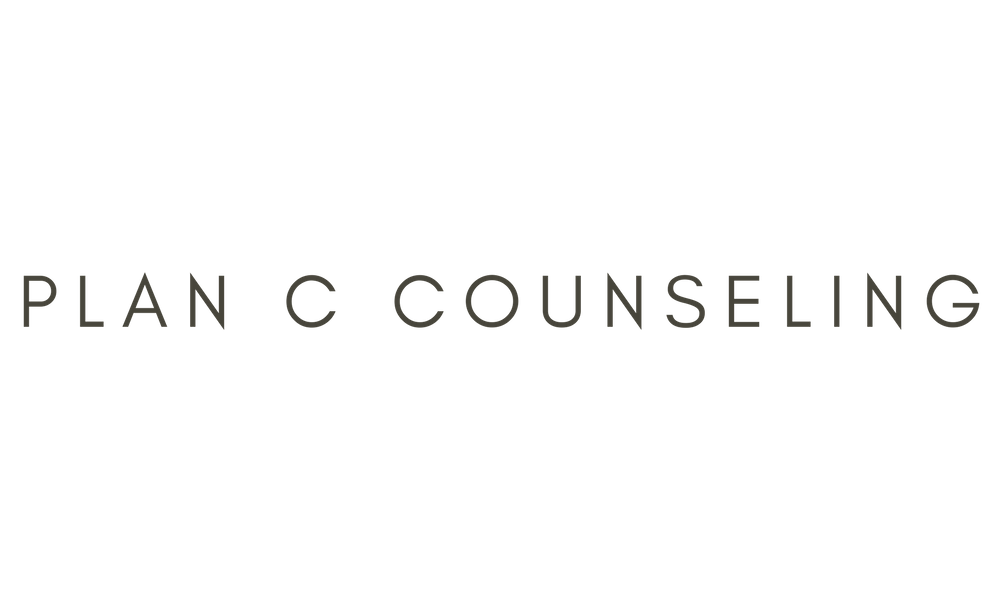This month we will continue our discussion about self-esteem by focusing on the way that our thinking continues to affect how we feel about ourselves. We often take the beliefs we have about ourselves as facts, while they’re actually only opinions. These beliefs are often based on the experiences you’ve had in life, and how those experiences shaped the messages you received and stored away in your mind. If the experience(s) were negative, your beliefs about yourself are likely to be negative too.
Crucial experiences that help form our beliefs about ourselves often (but not always) occur early in life. We take the voices of those who were significant to us, and we lay a foundation of general conclusions about ourselves. This foundation is the view of our self that lies at the heart of self-esteem. Once this foundation is in place, it becomes increasingly hard to question its validity and accuracy. This is because we give weight to anything that is consistent with our beliefs, and we discount anything that is not.
There are two forms of thinking that contribute to low self-esteem: biased perception and biased interpretation. Biased perception means that you are quick to focus on things that fit with your negative ideas about yourself while filtering out anything that contradicts them. Biased interpretation means you distort the meanings you attach to what you experienced even if the experience is positive. These biases operate to keep the foundation securely in place. Negative beliefs about the self are a bit like prejudices – they don’t consider all the facts, but those beliefs rely on biased evidence for support.
Counseling can help you challenge these false beliefs and begin to create a more healthy and accurate foundation for yourself. In our next blog, we’ll take an in-depth look at exactly how a negative foundation is built along with common sources that create low self-esteem, and what it takes to rebuild this foundation so you can move ahead with confidence!



